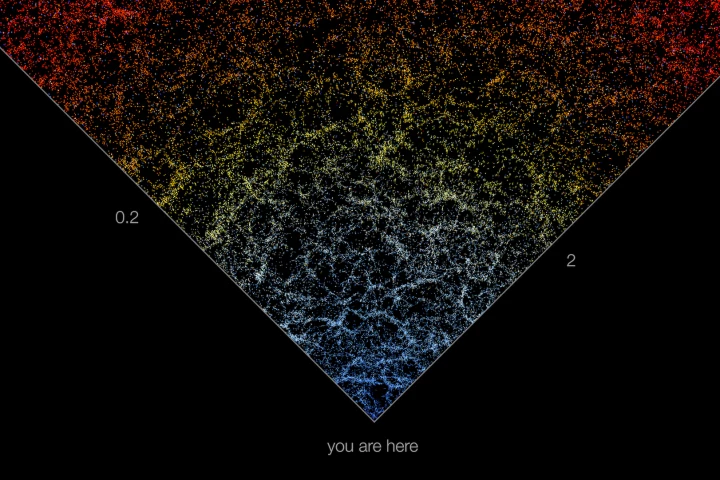Telescope
-
Models of the universe predict that supernova remnants should be far more common than they are. Now, a new image from sensitive radio telescopes reveal that the missing remnants are hiding in plain sight.
-
The James Webb Space Telescope is probing greater depths of space and time than other observatories. Now it's discovered galaxies with a structure like our own Milky Way 11 billion light-years away, challenging our understanding of galaxy formation.
-
In 2022, decades of work finally came to fruition as the James Webb Space Telescope focused its powerful eyes on the universe. From distant galaxies to our nearby neighbors, let’s look back at some of the most impressive images captured so far.
-
A highly sensitive, next-generation radio observatory has started to come to life, with construction now officially underway on the Square Kilometre Array (SKA), a dual-site science facility located in Australia and South Africa.
-
A new instrument integrated into the Southern Hemisphere’s largest radio telescope has given it the capabilities to detect technosignatures of extraterrestrial intelligence, significantly widening the net for scientists in search of alien life.
-
Astronomers at Johns Hopkins University have created an interactive map of the universe, charting the positions and colors of 200,000 galaxies stretching from here to the very edge of the observable universe.
-
The First Light Pavilion at Jodrell Bank places a visitor's center next to the site's famous Lovell Telescope. The subterranean building has the same dimensions as the telescope's dish, and in a nice touch makes use of its original steel panels too.
-
Astronomers have taken the sharpest images ever of the most massive star in the known universe. With these new images the scientists refined just how big the star is, and in the process revised our ideas of how big stars could possibly ever get.
-
Designer Hyunsik Moon has caught our eye with a very odd EV concept. The Zodiac Stargazer places two passengers in an astronomical telescope on wheels, which can rotate to face directly upward, giving you an extraordinary window to the universe.
-
The James Webb Space Telescope has sustained a micrometeoroid impact to one of its mirror segments. While larger than the impacts anticipated during ground testing, the telescope should still be able to perform the tasks it was designed for.
-
Astronomers from the Event Horizon Telescope Collaboration have today revealed the first image of the supermassive black hole at the center of the Milky Way galaxy, produced using a network of radio telescopes around the world.
-
Astronomers have discovered what may be the brightest pulsar in the sky. Despite its intense light the pulsar has long evaded detection, and was only revealed thanks to a telescope equipped with some cosmic “sunglasses.”
Load More











